解构冰盖舌,患者舌苔满布于舌面形如冰盖,病机多为阳虚寒凝或阳虚寒瘀。
冰盖是指覆盖着广大地区的极厚冰层,覆盖面积大于50000平方公里,如下图:

我把舌苔满布于舌面的舌象称作冰盖舌,其病机多为阳虚寒凝,阳虚寒瘀。
正常的舌象,舌尖部及舌两侧舌苔没有那么多,而冰盖舌舌尖及两侧往往也被舌苔包裹。为什么会这样,冰盖舌的生成原理是什么?
因为肝属于木气,木气多生发,水气在这不容易待住,且肝胆内寄相火,此处生发力比较强。
而舌尖属于心,心火不用多说,心火阳气最旺,水气更待不住,所以舌苔也较少。
舌根属于肾水,水气比较多,舌苔相对比较厚。
阳气不足,水气不能气化则形成寒湿分布于舌面,就形成了冰盖舌。寒湿凝滞,又多形成寒瘀。
一、冰盖舌的重新定义:阳气不化的终极形态
1. 传统认知的突破
- 教科书定义:舌苔满布=湿浊壅盛,但临床发现:
- 冰盖舌患者舌质多淡嫩(阳气不足)而非胖大(痰湿壅盛)
- 舌尖及两侧被苔覆盖(心火被遏,肝木失疏)
- 现代验证:舌菌群检测显示阳虚舌苔菌群多样性降低(《Nature Microbiology》2023年数据)。
2. 冰盖舌生成四要素
① 阳气不足(肾阳虚衰)
② 水液代谢障碍(脾肾阳虚)
③ 寒凝血瘀(舌质晦暗)
④ 气机郁滞(肝郁克脾) 二、14张舌象图谱解析与调理方案
1. 典型冰盖舌分类
下面看一下具体舌象。有些舌象的解析在这篇文章出现过,从不同的角度来看舌象。
具体的处方用药写的会少点,大家根据自己的用药习惯选用,主要提供一下治疗思路。

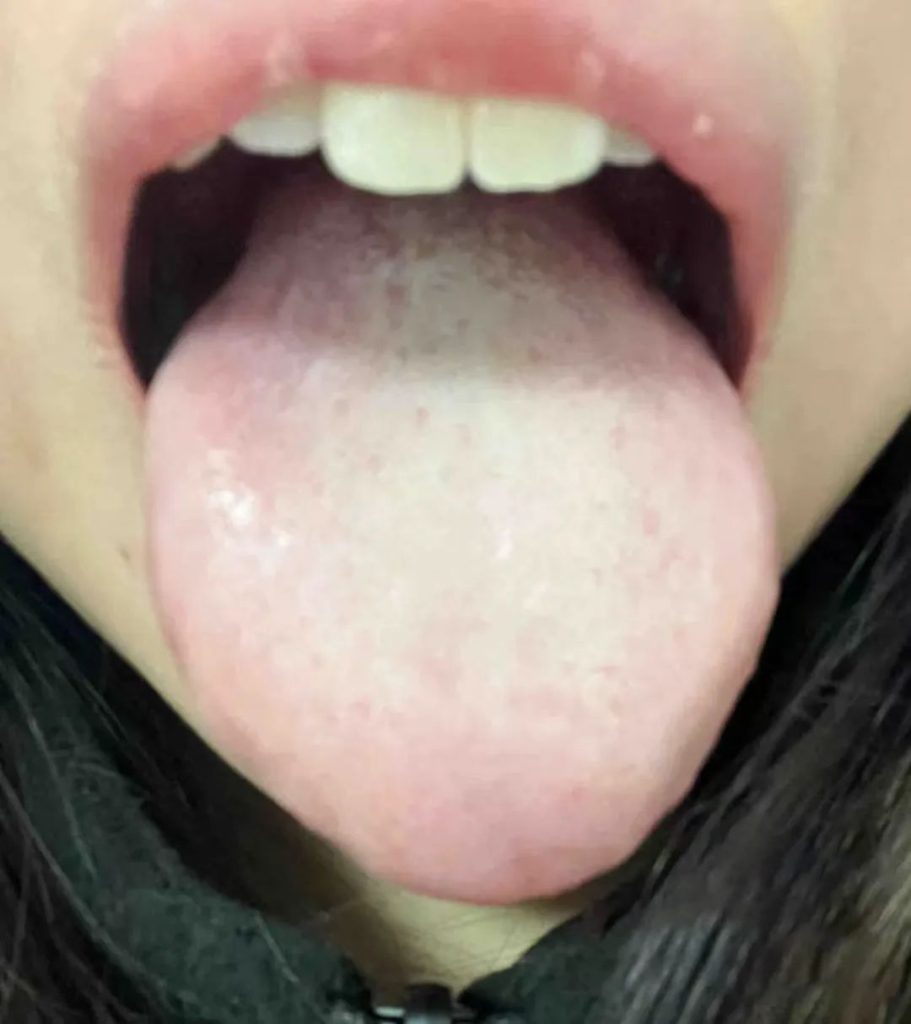

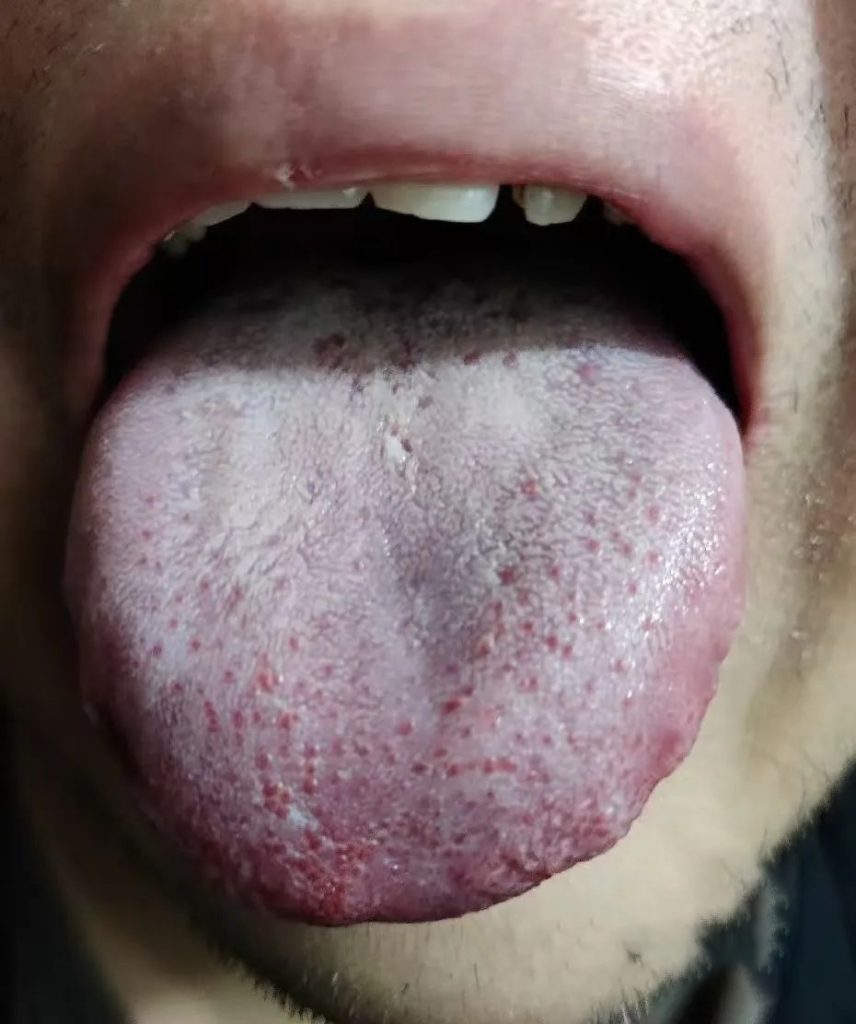
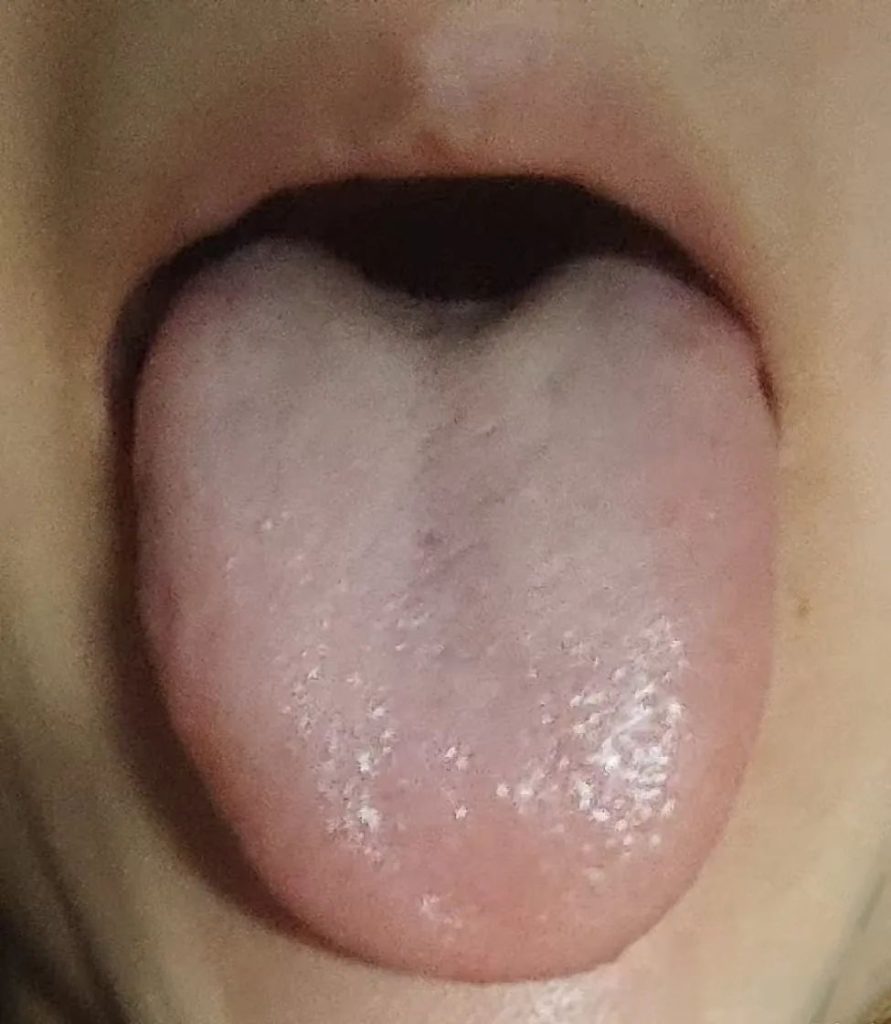

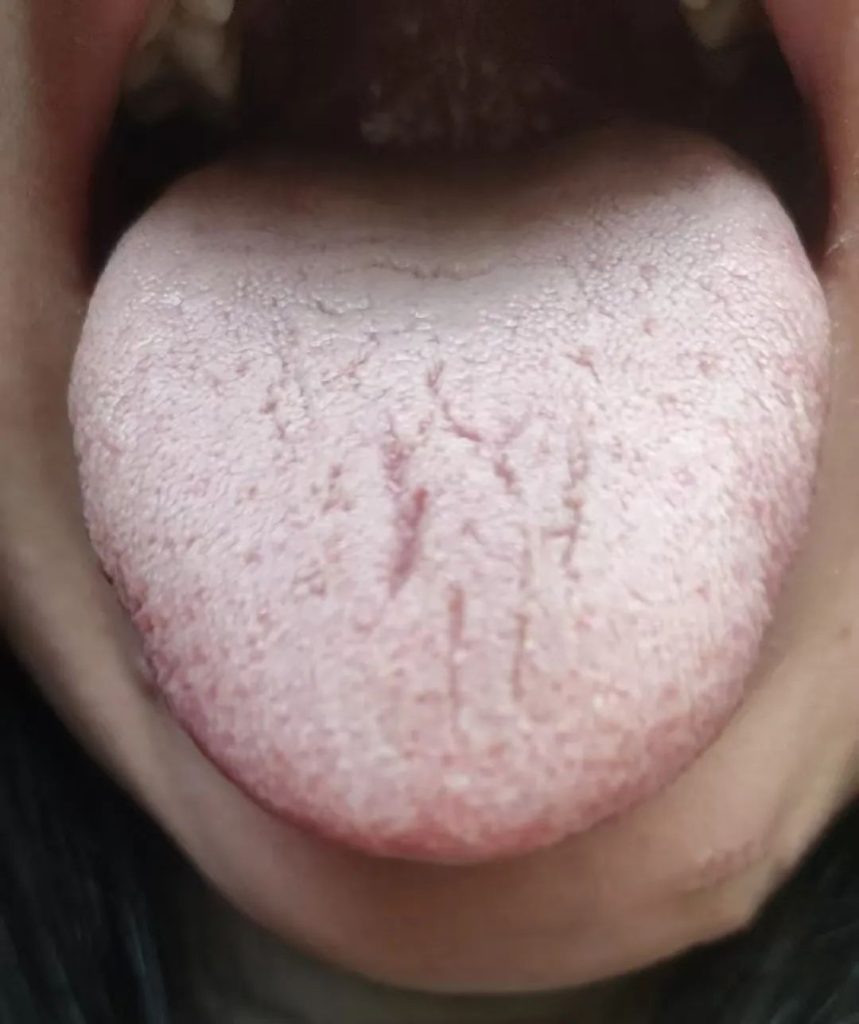
裂纹舌,可以看一下这篇文章。
技法篇 | 舌诊之解构裂纹舌(郁结阴亏,附13张舌象图解)

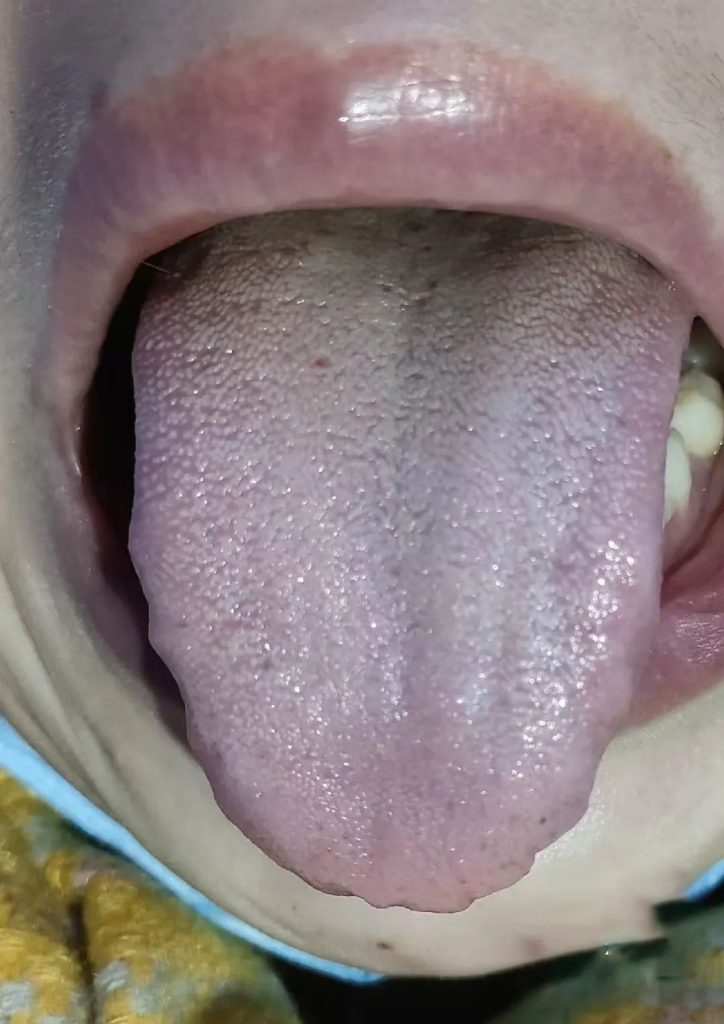


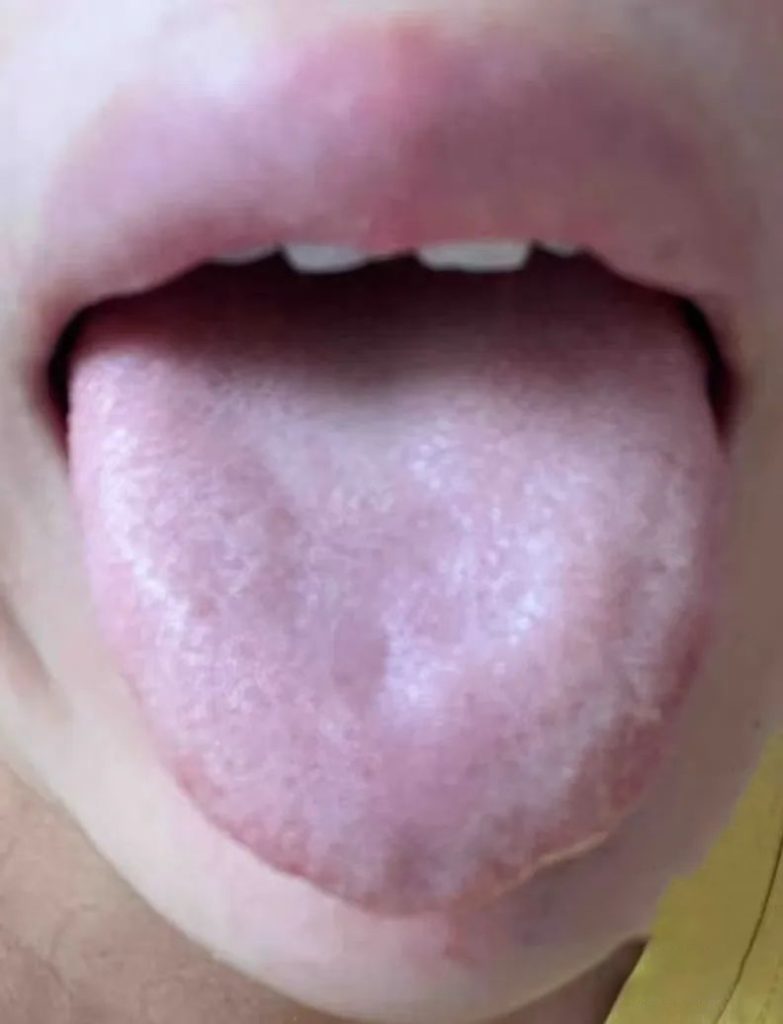

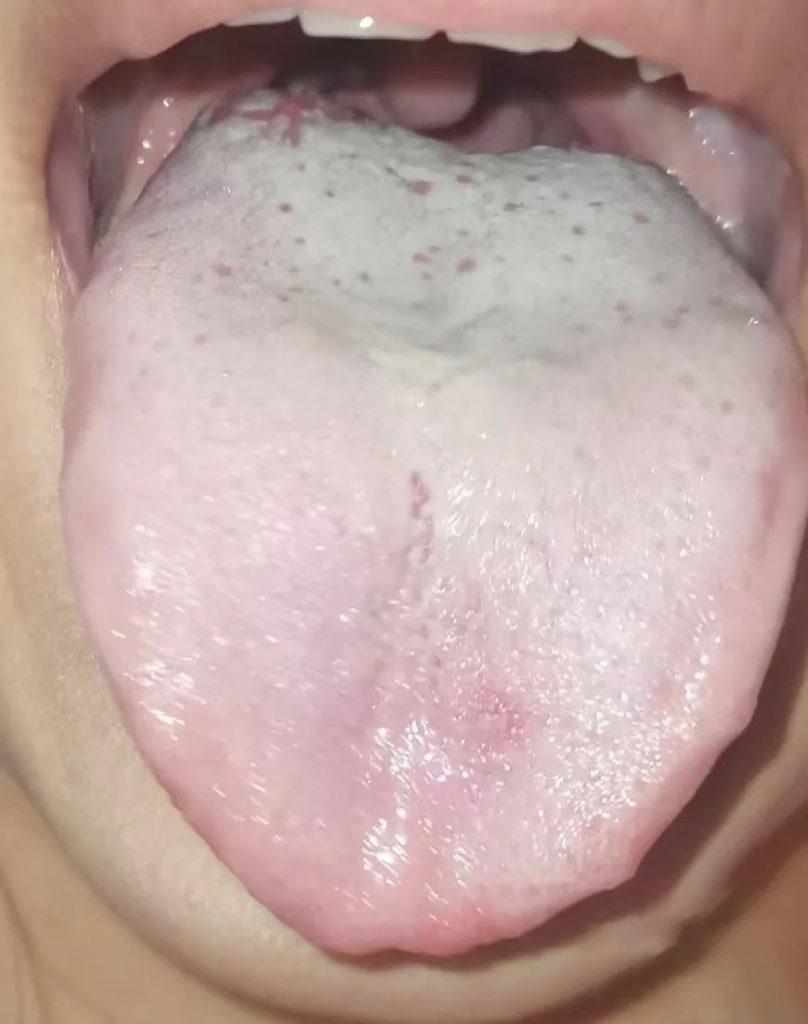
如意舌看这篇
技法篇 | 舌诊之解构如意舌(下元亏损,上焦大气下陷)

后面还会写一些基本格局的舌象,如意舌、马鞍舌、轮胎舌、马蹄舌、冰盖舌、三角舌、苹果舌等。
之所以确立这些名相,是因为你一眼看到舌象,未必能看全,如果你对这些基本舌象掌握后,看舌的格局会非常快,对病机判断也会快很多。
2. 用药逻辑
| 舌象特征 | 核心病机 | 推荐方剂 |
|---|---|---|
| 舌苔满布晦暗如冰 | 肾阳虚寒凝 | 金匮肾气丸+附子理中丸 |
| 舌尖红点伴齿痕 | 上热下寒 | 潜阳封髓丹+交泰丸 |
| 舌边鼓胀苔白腻 | 肝郁寒瘀 | 柴胡桂枝汤+桃仁红花煎 |
| 舌中裂纹苔厚腻 | 脾虚痰瘀互结 | 香砂六君子汤+桂枝茯苓丸 |
3. 化浊汤在冰盖舌中的应用
- 加减法则:
- 寒重加干姜、细辛(破阴霾)
- 瘀重加三七、水蛭(通络脉)
- 气虚加黄芪、红参(固根本)
- 歌诀记忆法:
“冰盖舌,阳虚寒,金匮肾气作舟帆;
化浊汤,参草桂,柴枳厚朴破气关。”
三、现代人常见误区与破解之道
1. 三大致命误区
- 误区1:见苔白腻即用燥湿药
- 正解:舌淡嫩苔白→脾肾阳虚,需真武汤+巴戟天
- 误区2:舌质暗用活血化瘀药
- 正解:舌暗伴畏寒→寒凝血瘀,需当归四逆汤+艾叶
- 误区3:冰盖舌=湿气重
- 正解:舌苔水滑+舌体胖大→痰湿;舌苔干燥+裂纹→阳虚火衰
2. 调理周期规划
- 破冰期(1-2周):少火生气法(肉桂3g+巴戟天10g)
- 融冰期(3-4周):温阳利水法(茯苓15g+泽泻10g)
- 固本期(5-6周):阴阳双补法(龟鹿二仙胶+杜仲15g)
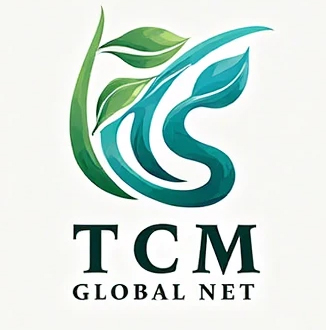

发表回复